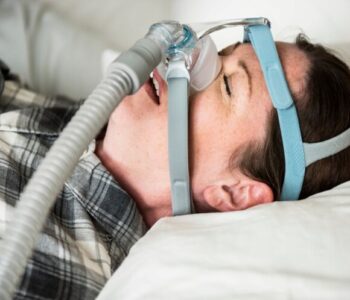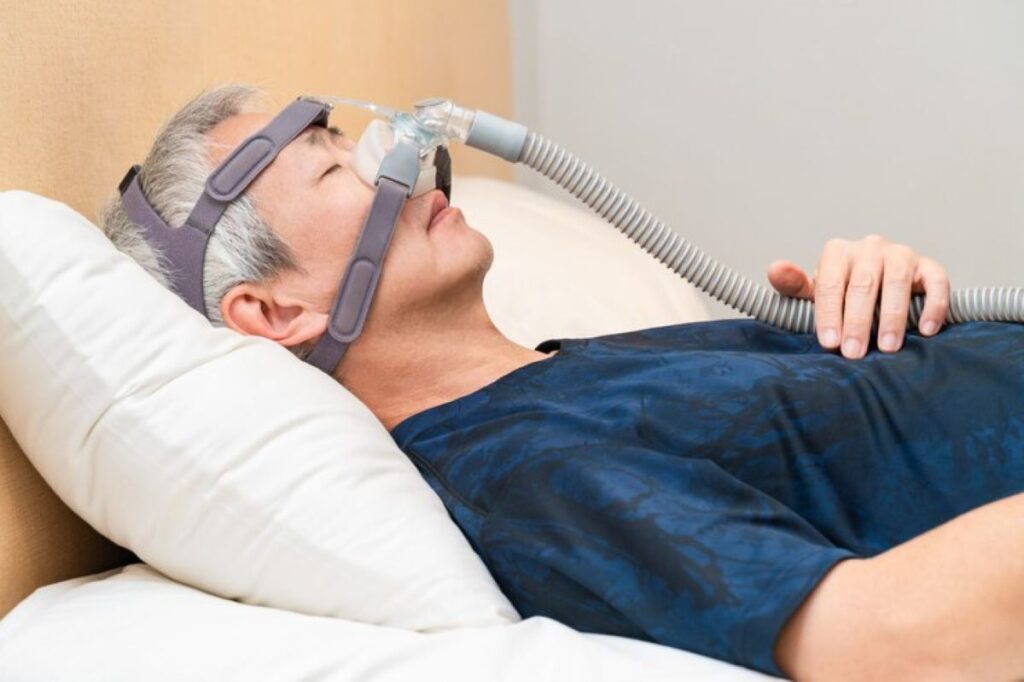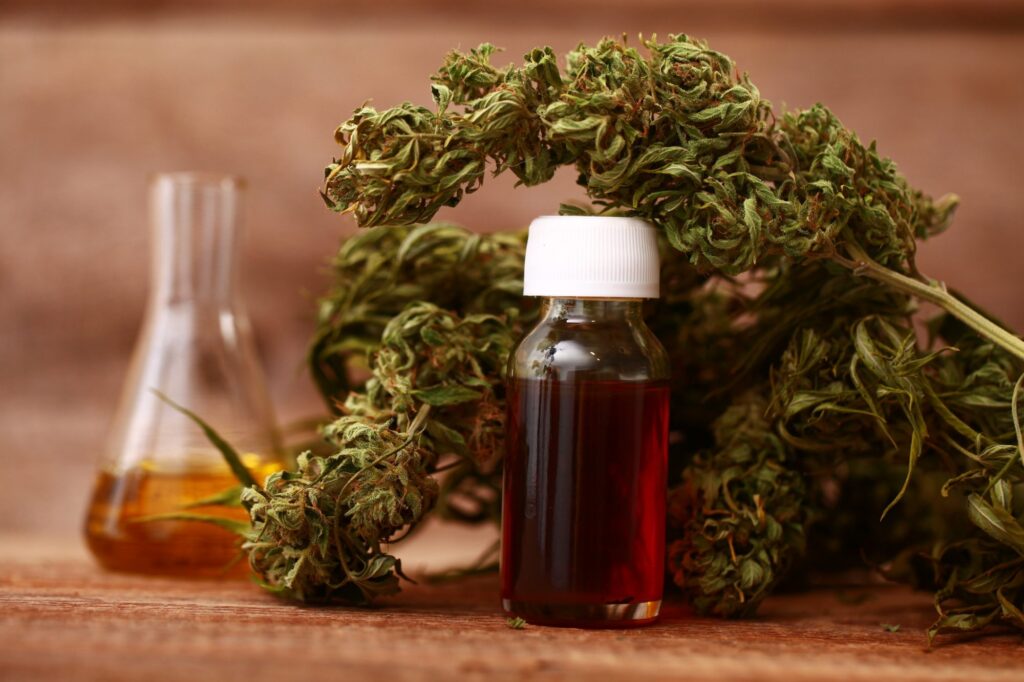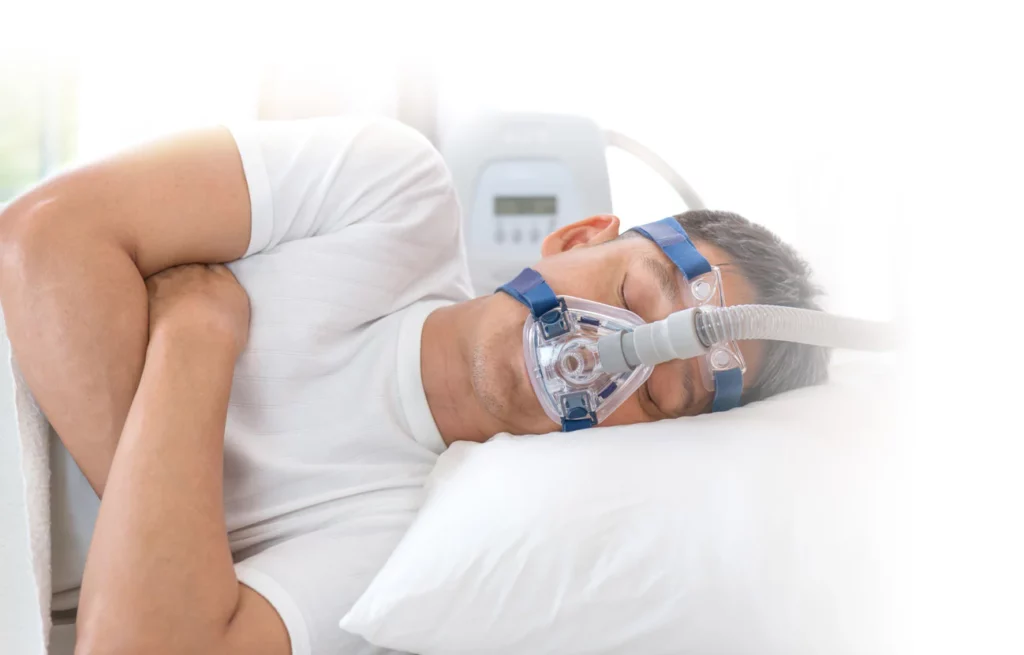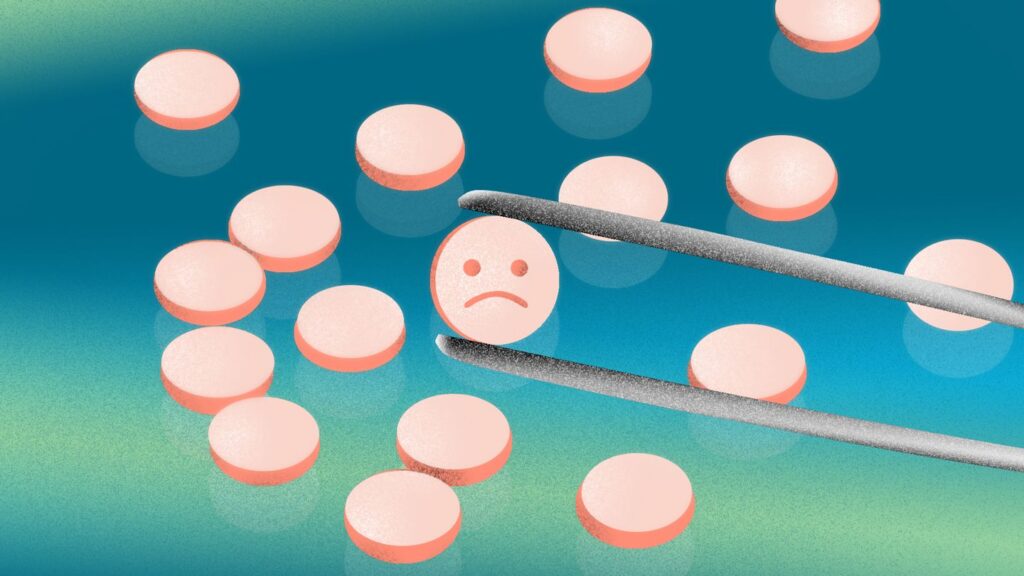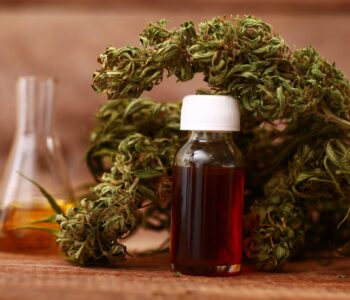 Chronic Pain
Chronic Pain
Cannabis as a Cure: How Medical Marijuana is Revolutionizing…
Cancer treatment can be grueling and exhausting, often leaving patients struggling with chronic pain, nausea, fatigue, and a host of other side effects. While traditional cancer therapies such as chemotherapy, radiation, and surgery are critical to fighting cancer, they often come with painful, debilitating side effects. As a result, more and more cancer patients are turning to medical marijuana as a way to manage pain and alleviate other symptoms associated with cancer and its treatment.
Medical marijuana has been recognized for its potential therapeutic benefits, with research showing that it can help manage pain, reduce inflammation, stimulate appetite, and improve mood, all of which are common struggles for cancer patients. In this article, we will explore how medical marijuana is being used in cancer care, the science behind its effectiveness, the benefits over traditional pain medications, and the patient experiences that highlight its transformative potential.
Understanding Cancer and Its Treatment Side Effects
Cancer is a broad term used to describe a group of diseases where abnormal cells divide uncontrollably, often spreading to other parts of the body. It can cause a range of symptoms, depending on the type of cancer and where it occurs. The most common cancer treatments—chemotherapy, radiation therapy, and surgery—are effective in killing cancer cells but often come with a variety of side effects. These include:
- Pain: Cancer can cause pain through tumor growth or nerve involvement, and the treatments themselves (like chemotherapy or radiation) can also cause significant discomfort.
- Nausea and Vomiting: Chemotherapy, in particular, is well-known for causing nausea and vomiting, which can severely affect a patient’s ability to eat and maintain nutrition.
- Loss of Appetite: Many cancer patients experience a decreased appetite due to the disease itself or as a result of treatments.
- Fatigue and Depression: Chronic fatigue and feelings of depression are common, both due to the cancer and its treatment.
These side effects can significantly reduce a patient’s quality of life and hinder their ability to cope with the stress of cancer treatment. In this context, medical marijuana is increasingly seen as a promising option to manage these symptoms in a more holistic way.
Overview of Medical Marijuana for Cancer Care
Medical marijuana refers to the use of cannabis plants or their chemical compounds for medicinal purposes. The primary compounds in cannabis that provide therapeutic effects are cannabinoids, such as THC (tetrahydrocannabinol) and CBD (cannabidiol). These compounds work by interacting with the body’s endocannabinoid system, which regulates various physiological processes such as pain, mood, appetite, and inflammation.
- THC is the psychoactive compound in marijuana that is responsible for the “high” but also has potent analgesic (pain-relieving), antiemetic (anti-nausea), and appetite-stimulating properties.
- CBD, in contrast, is non-psychoactive and is known for its anti-inflammatory, anti-anxiety, and neuroprotective effects. It has been shown to help reduce pain and promote a sense of well-being without the high associated with THC.
Medical marijuana can be used in a variety of forms, including smoking, vaping, edibles, oils, and tinctures. The delivery method can vary based on a patient’s needs and preferences, with options that allow for quick relief (such as vaping) or long-lasting effects (such as edibles).
Scientific Evidence Supporting Medical Marijuana in Cancer Care
While the use of medical marijuana for cancer care is still evolving, scientific research and clinical trials have demonstrated its potential benefits in managing cancer-related symptoms.
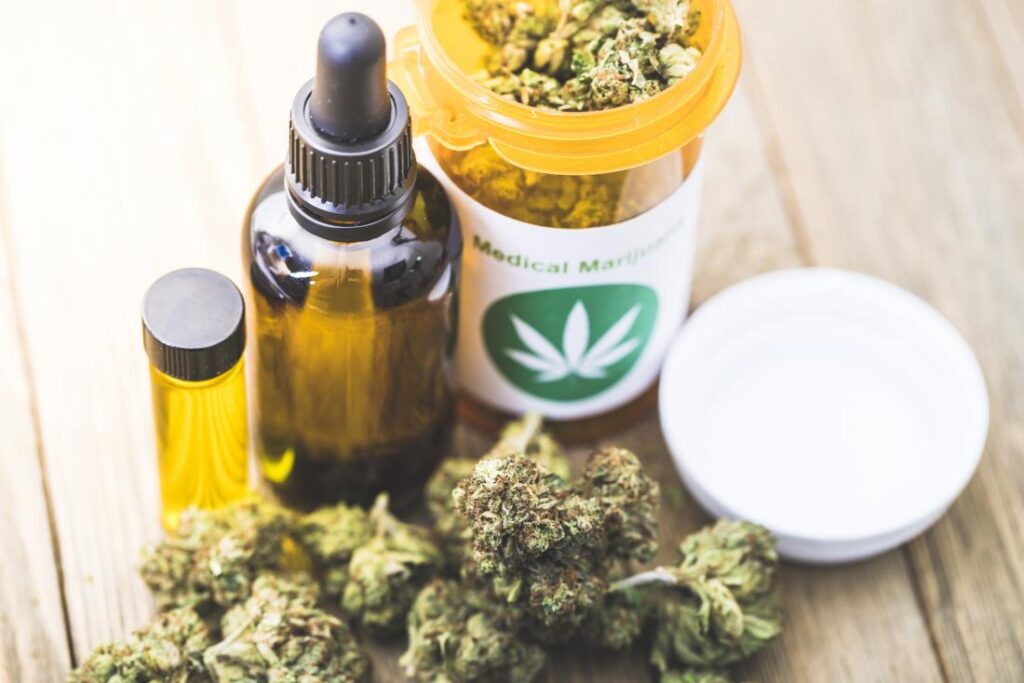
- Pain Management: A study published in the Journal of Clinical Oncology found that medical marijuana could significantly reduce pain and improve the overall quality of life for cancer patients. The cannabinoids in marijuana interact with the endocannabinoid system to decrease pain perception and reduce inflammation, making it an effective tool for managing cancer-related pain.
- Nausea and Vomiting: Chemotherapy-induced nausea and vomiting (CINV) is one of the most distressing side effects of cancer treatment. Several studies have shown that THC can effectively reduce nausea and vomiting in chemotherapy patients. For instance, a 2018 study in the British Journal of Cancer found that cannabis-based treatments significantly improved nausea control in chemotherapy patients, reducing the need for other anti-nausea medications.
- Appetite Stimulation: Loss of appetite is a common issue for cancer patients, often exacerbated by treatment. THC has been shown to stimulate appetite, making it easier for patients to maintain a healthy weight and get the nutrition they need during treatment. A 2019 study in the American Journal of Hospice and Palliative Care found that cannabis increased appetite and improved food intake in cancer patients, contributing to better overall health during treatment.
- Mental Health and Mood: Cancer patients often experience anxiety, depression, and fatigue as they go through treatment. Research indicates that both THC and CBD can help alleviate these symptoms. A review published in Current Oncology in 2020 noted that cannabinoids are effective in reducing anxiety and depression in cancer patients, improving their emotional well-being and overall quality of life.
Benefits of Medical Marijuana Over Traditional Cancer Medications
While traditional medications such as opioids, anti-nausea drugs, and steroids are commonly used in cancer care, they often come with significant drawbacks. Here’s how medical marijuana compares:
- Lower Risk of Addiction: Opioids are often prescribed for cancer-related pain, but they carry a high risk of addiction and overdose. Medical marijuana is considered much safer, with a significantly lower risk of dependency or overdose. It provides effective pain relief without the dangerous side effects associated with opioids.
- Fewer Side Effects: Traditional medications can come with a range of side effects, including constipation, sedation, and weakened immune function. Medical marijuana tends to have fewer and more manageable side effects, such as mild dizziness or dry mouth. These side effects typically subside over time and are generally less severe than those of pharmaceutical painkillers.
- Holistic Symptom Relief: Unlike traditional medications, medical marijuana offers relief from a variety of symptoms simultaneously. It not only alleviates pain but also reduces nausea, stimulates appetite, and improves mood, addressing the multiple challenges cancer patients face.
- Long-Term Benefits: Some studies suggest that cannabinoids may have long-term benefits for cancer patients beyond symptom management. For example, CBD has been researched for its potential to slow cancer cell growth and prevent metastasis (spread of cancer cells to other parts of the body). While more research is needed, these potential benefits make cannabis a compelling option for cancer care.
Patient Experiences and Testimonials
Many cancer patients have found relief from their symptoms through medical marijuana, and personal stories are helping to reshape the conversation about its role in cancer care.
- Martha, a breast cancer survivor, was prescribed opioids for her chemotherapy-induced pain but struggled with the side effects. “The opioids made me feel foggy and disconnected. After switching to medical marijuana, I found that I had better pain control and could actually enjoy a meal. It also helped me sleep better at night.”
- James, who has terminal lung cancer, found that cannabis significantly improved his appetite and mood. “I couldn’t eat anything because of the nausea. Once I started using medical marijuana, I felt like I could actually eat again. I’m able to gain weight and feel more like myself.”
These stories highlight the transformative impact that medical marijuana can have on the lives of cancer patients, improving their ability to cope with pain, maintain nutrition, and manage emotional distress.
Legal and Accessibility Issues
While medical marijuana is legal in many regions, access to it remains a challenge for some cancer patients. Laws governing medical marijuana vary significantly between countries and states, and patients may face obstacles such as high costs or limited access to qualified dispensaries. It is important for patients to consult with their healthcare providers to ensure that they are using medical marijuana safely and legally.
Conclusion
Medical marijuana has the potential to revolutionize cancer care by offering a natural, holistic way to manage pain, nausea, appetite loss, and other side effects of cancer and its treatments. With its therapeutic benefits, medical marijuana provides cancer patients an alternative or supplement to traditional medications, improving quality of life and helping them manage the difficult symptoms associated with the disease. While more research is needed, the evidence supporting cannabis as a valuable tool in cancer care continues to grow. Patients considering medical marijuana should always consult with their healthcare providers to ensure its safe and effective use in their treatment plan.
FAQS
Medical marijuana helps cancer patients by managing pain, reducing nausea, stimulating appetite, and alleviating anxiety and depression. The cannabinoids in cannabis interact with the endocannabinoid system to provide holistic relief, addressing multiple symptoms of cancer and its treatment.
Yes, medical marijuana carries a lower risk of addiction compared to opioids and has fewer and more manageable side effects than traditional pain medications. It offers a holistic approach by relieving multiple symptoms at once, making it a safer alternative for many patients.
Medical marijuana should not replace standard cancer treatments such as chemotherapy or surgery, but it can be used alongside them to help manage symptoms. It is important to work with a healthcare provider to ensure safe and effective use as part of a comprehensive treatment plan.
While medical marijuana has fewer side effects than traditional medications, it can cause mild side effects like dizziness, dry mouth, or drowsiness. These are typically short-term and can be managed by adjusting the dosage or method of use. Always consult with a doctor before starting treatment.


